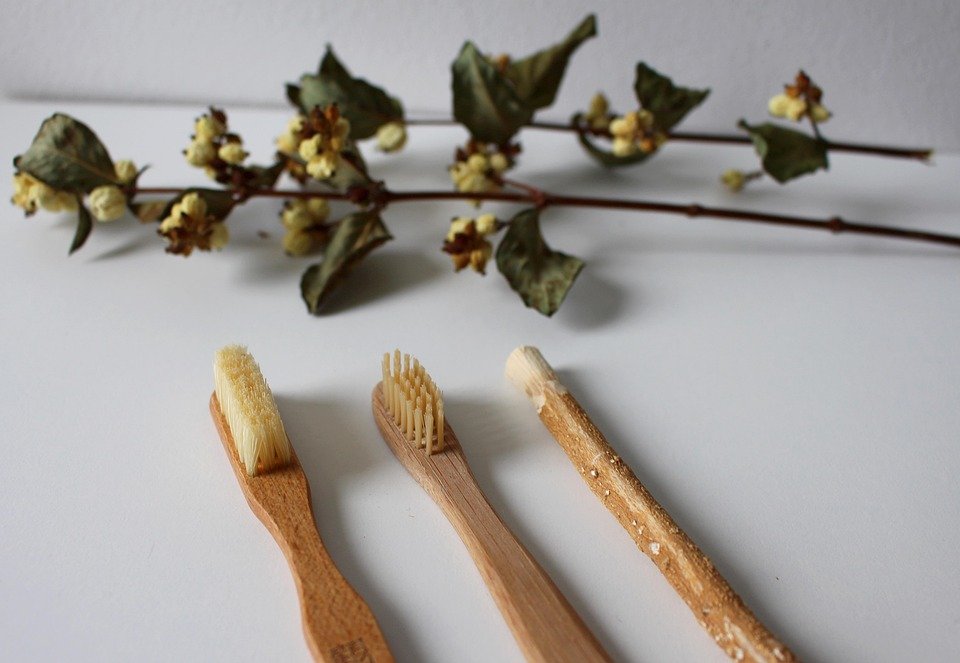What lighting conditions make teeth look whiter
Okay, so I’m going to be taking some pictures soon, and I really want my teeth to look as white as possible. I’ve been using whitening toothpaste and strips, but I know lighting can make a HUGE difference. I’m mostly wondering about situations like:
- Taking selfies: What’s the best light to use from my phone (if any)? Should I avoid the flash?
- Outdoor pictures: Is natural sunlight always best, or are there certain times of day that are better than others? What about overcast days?
- Indoor events (parties, etc.): What kind of lighting is usually used at these things, and how can I make my teeth look whiter in those situations? Are there any colors of lighting I should avoid?
- Getting ready in the morning: I feel like my bathroom lighting sometimes makes my teeth look yellow. What kind of bulbs should I get for my bathroom to make them appear brighter when I’m getting ready?
I’m really trying to understand the science behind it, like how different color temperatures affect the perception of whiteness. Any specific advice or even links to resources would be awesome! Thanks!
Answer
To make teeth appear whiter, several lighting conditions are more effective than others. The key is to minimize yellow tones and maximize the perception of brightness and cool tones. Here’s a detailed breakdown:
1. Color Temperature:
-
Cool Lighting (5000K-6500K): Light sources with a high color temperature, typically in the "daylight" range (5000K-6500K), are ideal. These lights emit a bluer, cooler light that counteracts yellow undertones in teeth. This is because the blue light spectrum reflects more efficiently off a white surface, making the teeth appear brighter and whiter.
- Avoiding Warm Lighting (2700K-3000K): Conversely, warm lights with low color temperatures (like incandescent bulbs, often around 2700K-3000K) should be avoided. These emit a yellowish light that emphasizes the natural yellow tones in teeth, making them look duller and less white.
2. Light Intensity and Direction:
-
Sufficient Brightness: Adequate light intensity is crucial. Dim lighting will make teeth appear shadowed and less white, regardless of color temperature. Bright, even lighting helps to illuminate the teeth fully, revealing their true color and minimizing shadows.
-
Frontal Lighting: Direct, frontal lighting is generally more effective than side lighting. Side lighting can create shadows that emphasize imperfections and discoloration. Frontal lighting evenly distributes light across the teeth, making them appear brighter and more uniform in color. However, avoid overly harsh, direct light, as it can create glare and wash out details. Diffused frontal lighting is often ideal.
- Avoiding Shadows: Shadows accentuate any existing discoloration and create the illusion of less whiteness. Ensure light is distributed to minimize shadows on and around the teeth.
3. Color Rendering Index (CRI):
- High CRI (80 or Higher): The Color Rendering Index (CRI) measures how accurately a light source renders colors compared to natural sunlight. A high CRI (80 or higher, ideally 90+) means the light source reveals colors more truthfully. With a high CRI, the true shade of the teeth is more accurately represented, and subtle variations in color are more visible. This is important because it shows that teeth are naturally white and healthy, not artificially whitened.
4. Diffused vs. Direct Lighting:
-
Diffused Lighting: Diffused lighting, which is scattered and softened, is generally more flattering. It reduces harsh shadows and highlights, creating a more even and uniform appearance. This can be achieved using diffusers, softboxes, or by bouncing light off a reflective surface.
- Avoiding Harsh Direct Lighting: Harsh, direct light can create glare and wash out details, making teeth appear unnaturally white or highlighting imperfections.
5. Surrounding Colors:
-
Contrast with Darker Colors: The perceived whiteness of teeth is influenced by the surrounding colors. Darker colors, especially those with blue or cool undertones, can create a contrast that makes teeth appear whiter by comparison. For example, wearing a blue-toned lipstick or standing against a dark background can enhance the perceived whiteness of teeth.
- Avoiding Yellow-Based Colors: Similarly, avoid wearing clothing or being surrounded by colors with yellow or orange undertones, as these can emphasize the yellow tones in teeth.
6. Specific Lighting Scenarios:
-
Professional Photography: In professional photography, photographers often use a combination of techniques, including softboxes, reflectors, and color correction, to achieve optimal lighting for showing off a white smile. They may also use specialized dental photography equipment to capture the most accurate and flattering images of teeth.
-
Video Conferencing: During video conferencing, using a ring light or a well-lit room with cool, diffused light can significantly improve the appearance of your teeth. Adjust the brightness and color temperature of your screen or lighting to find the most flattering setting.
- Everyday Situations: In everyday situations, try to position yourself near natural light sources (windows) that provide cool, diffused light. Avoid standing under harsh, yellow indoor lighting, if possible.

Post Comment